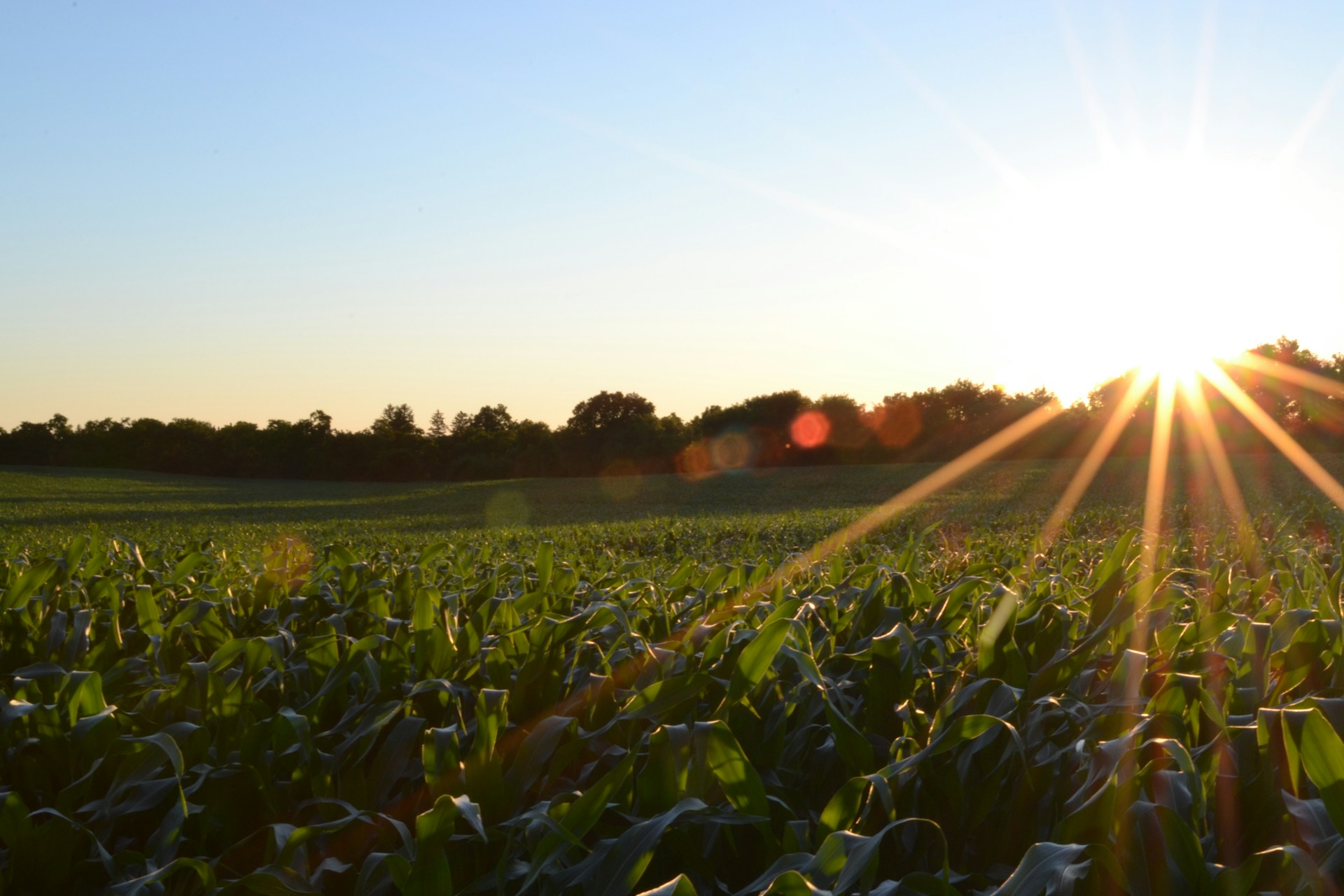
Understanding Albedo: Why Accurate Albedometer Calibration Matters
Understanding Albedo: Why Accurate Albedometer Calibration Matters
Albedo, the measure of how much sunlight a surface reflects, is a critical parameter in environmental studies, climate research, and solar energy systems. Accurate albedo measurements allow scientists, engineers, and researchers to better understand and predict climatic patterns, energy balance, and solar system performance. In this article, we explore the concept of albedo, its implications, and the necessity for precise albedometer calibration provided by experts like ISO-CAL North America.
What is Albedo?
Albedo is the fraction of solar energy (shortwave radiation) reflected by a surface, ranging from 0 (complete absorption, no reflection) to 1 (total reflection). It significantly influences Earth’s energy balance, impacting weather, climate change, and ecosystem dynamics.
Importance of Accurate Albedo Measurement
Climate Research
Accurate albedo measurements help climate scientists model Earth’s climate systems more precisely, improving predictions of global warming, climate variability, and the impact of surface changes like ice melt and deforestation.
Agricultural Productivity
Understanding soil and crop albedo enables farmers to optimize planting strategies, water management, and crop health monitoring, directly impacting agricultural yield and sustainability.
Renewable Energy Systems
For solar energy systems, accurate albedo measurement ensures optimal system design, efficiency, and energy yield forecasting, crucial for maximizing performance in photovoltaic (PV) installations.
Why Accurate Albedometer Calibration is Essential
Ensuring Measurement Reliability
Albedometers, which measure both incoming and reflected solar radiation, require regular calibration to provide accurate data. Precise calibration services, such as those offered by ISO-CAL North America, guarantee data reliability essential for scientific accuracy and practical applications.
Correcting Instrument Drift
Over time, albedometers experience sensor drift due to environmental exposure, causing inaccuracies. Regular calibration identifies and corrects these drifts, ensuring ongoing measurement accuracy, as outlined in our step-by-step albedometer calibration guide.
Maintaining Compliance and Standards
Proper calibration ensures compliance with international standards, such as ISO 17025, enhancing data credibility and reliability for regulatory purposes and scientific research.
Enhancing Operational Efficiency
Accurate calibration reduces operational uncertainties, enhances predictive accuracy for renewable energy production, and improves overall system efficiency by providing trustworthy data for critical decisions.
Recommendations for Maintaining Albedometer Accuracy
- Schedule regular calibration intervals according to manufacturer and industry guidelines.
- Implement routine inspection and maintenance protocols.
- Use accredited calibration laboratories to guarantee compliance and accuracy.
For professional calibration services and expert advice, contact ISO-CAL North America.
External Resources for Further Reading
- NASA Earth Observatory: Albedo
- Intergovernmental Panel on Climate Change (IPCC) reports on climate systems
By prioritizing accurate albedometer calibration, researchers, environmentalists, and renewable energy professionals ensure precise albedo measurements, significantly contributing to improved climate modeling, energy efficiency, and environmental stewardship.



